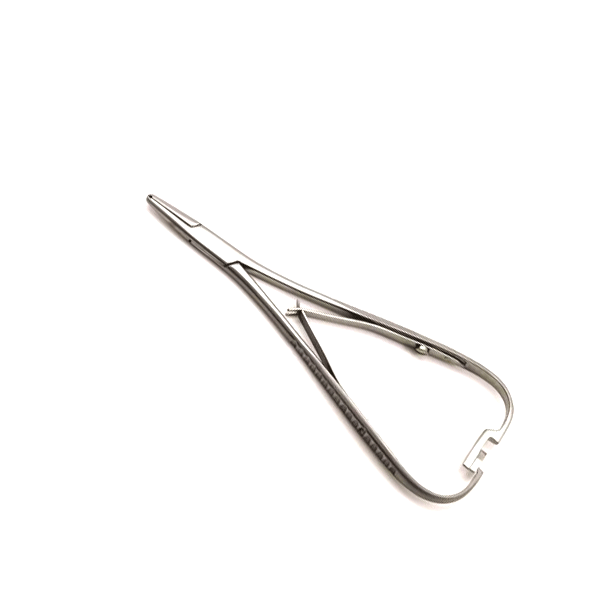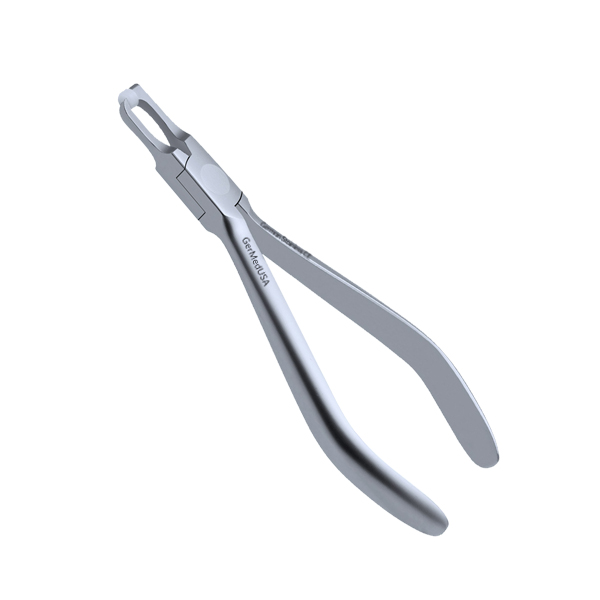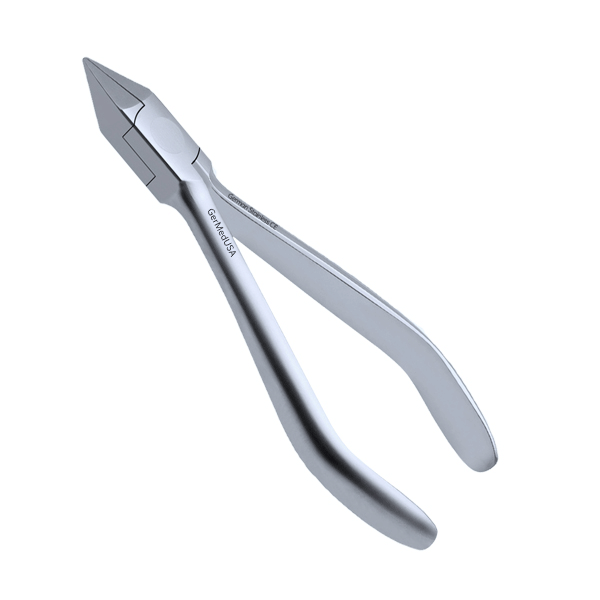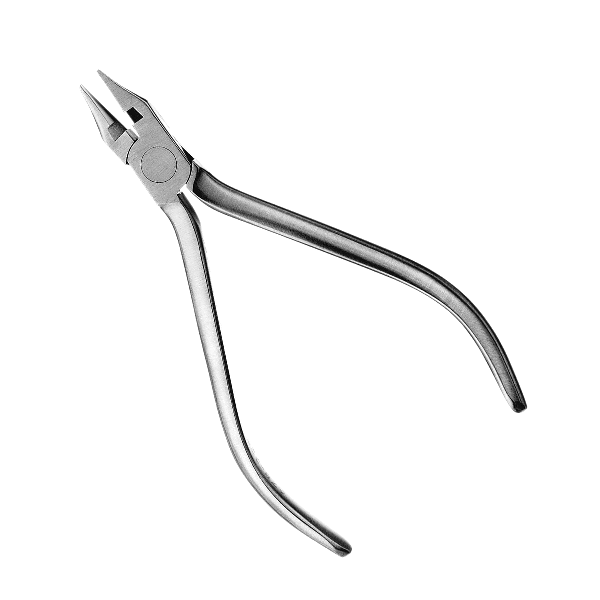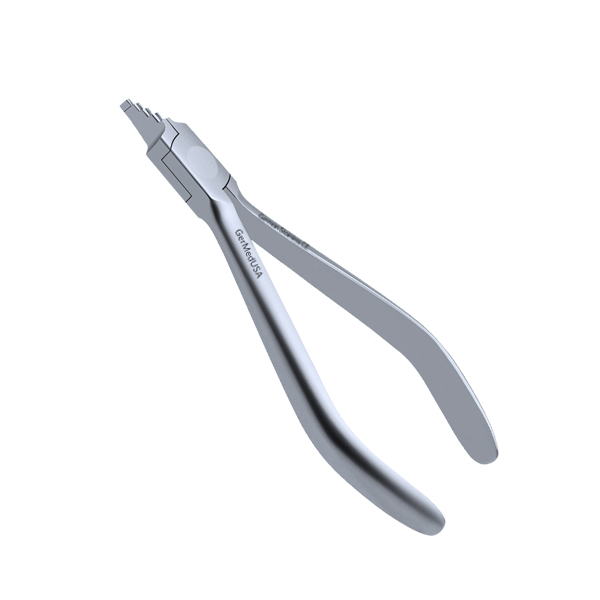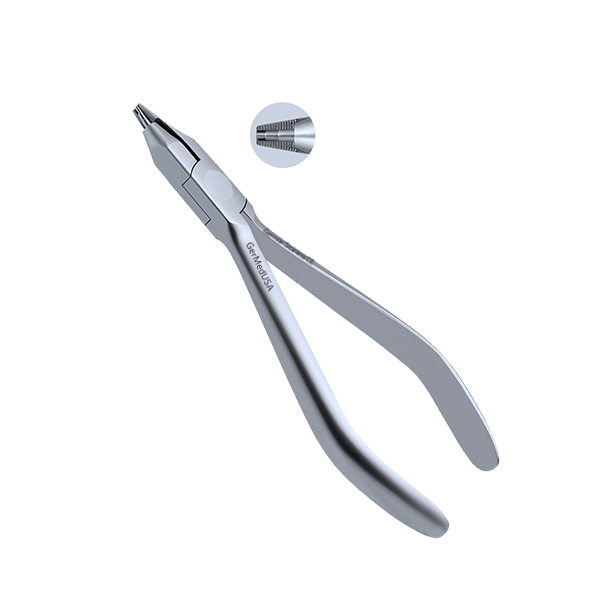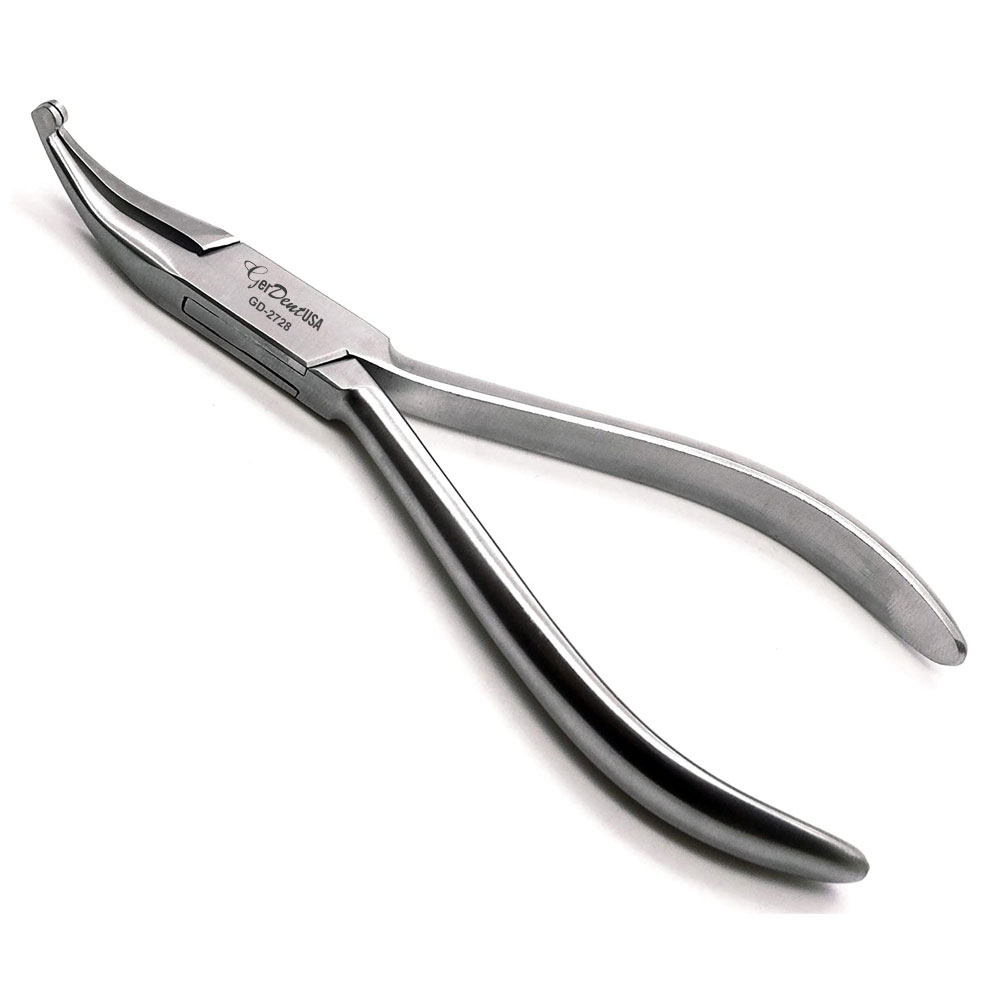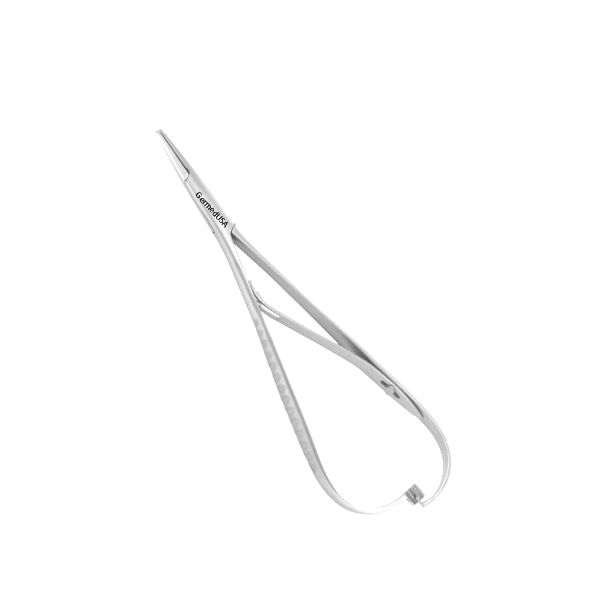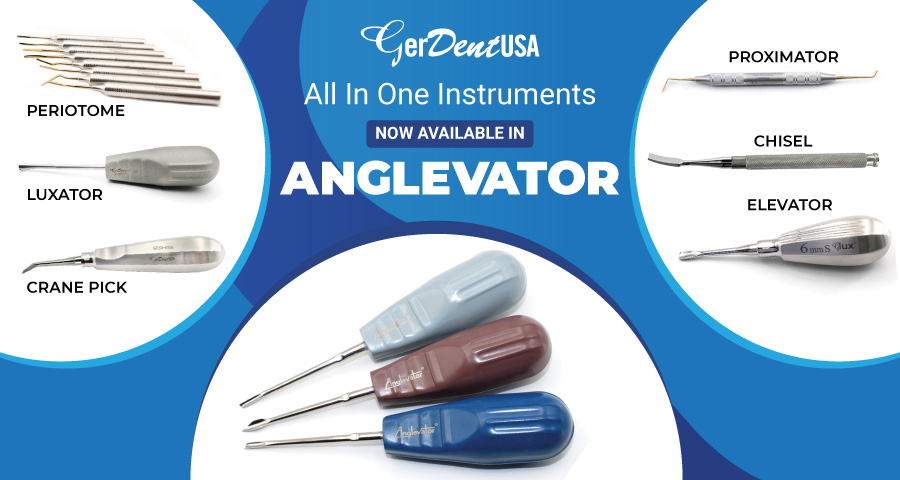Orthodontics commonly involves the correction of mal-aligned teeth and restoration of aesthetics for the patient. However, it is mainly about correction, prevention, and treatments of teeth and jaws' irregularities.
Orthodontists need a myriad of tools for working in the clinic. These tools include all necessary diagnostic tools that are generally required for every procedure in the clinic. Other than that, they also include specialized instruments that are specifically required for orthodontics. These specialized tools include orthodontic pliers. Orthodontic pliers come in different designs and sizes for wire bending, bond removal, band removal, contouring, and crimping.
Some features of Orthodontic Instruments:
The steel used is very corrosion resistant. Also, the cutting tips and inserts are made of hard metal for efficient cutting. Rounded tips in some instruments are for patient’s safety and comfort. Also, the serrations on working ends on instruments are for a secure grip of the instrument. The bow-out handles are for the comfortable handling of the instrument by the operator.
The minimal requirement for an orthodontic plier is the same as that for other orthodontic instruments; they should be made of high-quality metal. The metal should be corrosion-resistant and sterilizable. Also, since the treatment is a specialized one, the pliers should bear the constant stress of bending and cutting wires to avoid wear and deformation on the active part of the instrument.
Classification of orthodontic pliers:
Orthodontic pliers can be classified according to their functions. These include band remover pliers, Bracket removing pliers, contouring pliers, press pliers, hollow pliers, loop pliers, pliers for elastics, and finally specialized pliers.
Band remover pliers come in use to eliminate the bands, adhesives, and supports from teeth' surfaces. The tip should be long enough for better access to the posterior surfaces of teeth. The bracket removing pliers have a blade on one end of the instrument, and the other end has an occlusal pad for better support of the tooth during activation of the instrument. Other than that, the contouring pliers adapt to the tooth's crown and are ideal for forming and contouring the molar bands. They have a slotted tip for a precise grip. The tips should provide a firm grip to avoid scratching the wires while bending and contouring. Hollow pliers are instruments that come in use for remodeling and contouring to form palatine arches. The tips of the instrument are arranged with concave and convex jaws to make remodeling precise.
Specialized pliers are instruments that include a variety of special tools that carry out complex dental procedures. Some of these Orthodontic instruments are Nance loop forming pliers and tweed pliers, etc. The active part of this dentistry instrument is made to perform a specialized task.
-
Adams pliers:
This is a very common instrument in dentistry for Dental students. It comes in use for the fabrication of the Adams clasp. It has two rectangular beaks that are smooth and blunt. Other than that, the distance between the hinge and beak tips is very short. The sides of the jaws are flat, and the grasping surface edges are sharp. The inner surfaces of the beaks are neither polished nor grooved or serrated. Rather they are textured to provide a good grip for the operator. When the Adams pliers grip a wire, there is no wire tendency to slip from the instrument. The Adams plier is used in the adjustment of Facebows and headgears in the clinic.
-
Arrow clasp pliers:
The arrow clasp forming and bending wires are two varieties of this instrument. The bending pliers use to bend the arrow clasp so that the arrowhead can engage the undercuts. It comes in use with wires with a diameter of 0.7 mm.
-
Birdbeak plier:
This instrument comes in use for working around wires of up to 0.76 mm in diameter. The round beak is in the shape of a cone. The working edges are beveled to prevent the scoring of the wire. These bird beak pliers come into use for the adjustment of retainers and other appliances.
-
Nance loop forming pliers:
This instrument comes in use for adjusting preshaped arches for fixed appliances. The four-step beaks of the instrument are ideal for bending rectangular and round wires. All working edges are beveled to avoid wire damage. This nance instrument can bend wires up to 0.7 mm.
-
Tweed pliers:
This Tweed plier instrument has concave beaks with parallel serrations to hold the wire at a 90-degree angle while forming loops. The cylindrical beak of the instrument is electro etched to prevent wire slippage.
-
Howe pliers:
These have two instrument variations, Straight Howe and curved Howe pliers. Straight Howe pliers have slender, long safe tips. These are utility pliers that come in use for holding archwires. The unique design of the tip makes the plier capable of anterior seating bands. The curved Howes pliers also have slender and long safe tips, but the beaks are curved at an angle of 40 degrees for better access in posterior areas.
-
Mathieu Pliers:
These have short beaks that have serrations to aid in grasping the ligature wire. Mathieu plier has a three-step locking mechanism which makes the instrument very efficient. The locking mechanism also enables the operator to open and close the instrument very quickly.
All in all, orthodontic pliers are available with different designs and shapes. They are suited for different purposes inside and outside the clinics. Expertise is required to use the instrument for the most excellent efficiency.
We offer customization of instruments. Practicing doctors are encouraged to come up with innovative designs for better dentistry instruments manufacturing. We provide the highest quality dental and surgical equipment. Our experience and reputation have made us one of the best in the healthcare market today, and our products speak for themselves. Many modern-day day doctors find traditional instruments hard to work with. Hence we encourage all practicing doctors to get instrument customization that will benefit the healthcare industry today and in the future.
You might be interested in List of The Advanced Orthodontic Appliances Used in Dentistry


